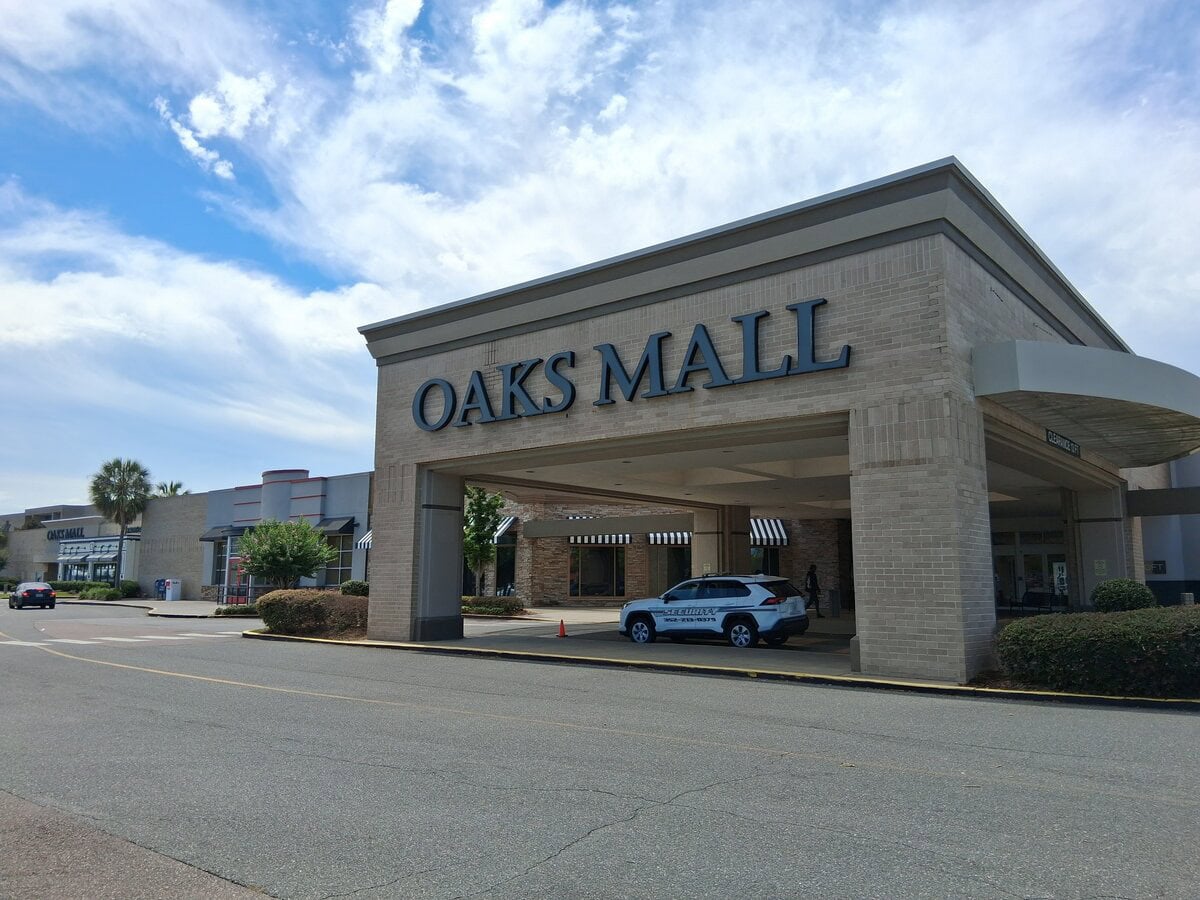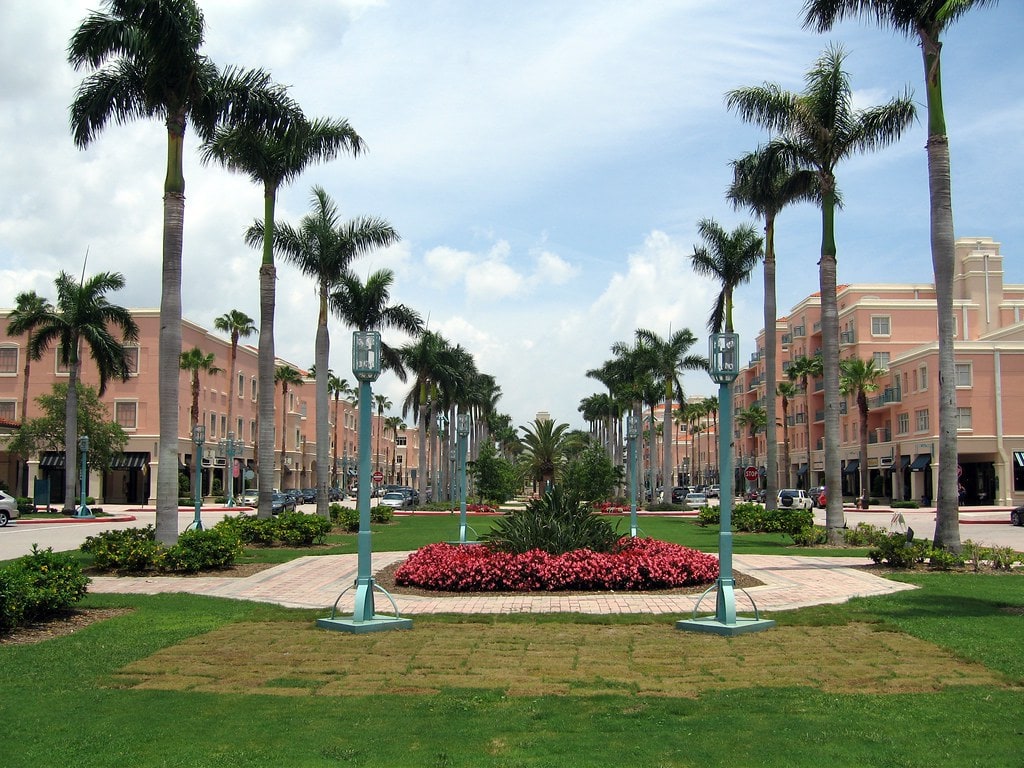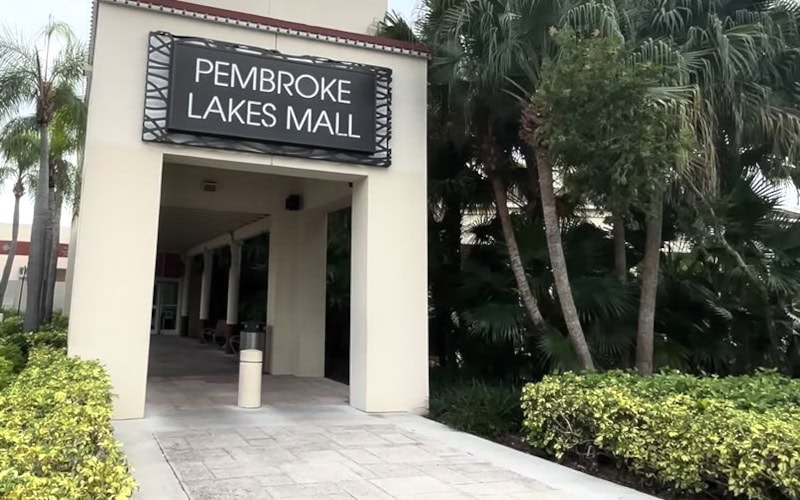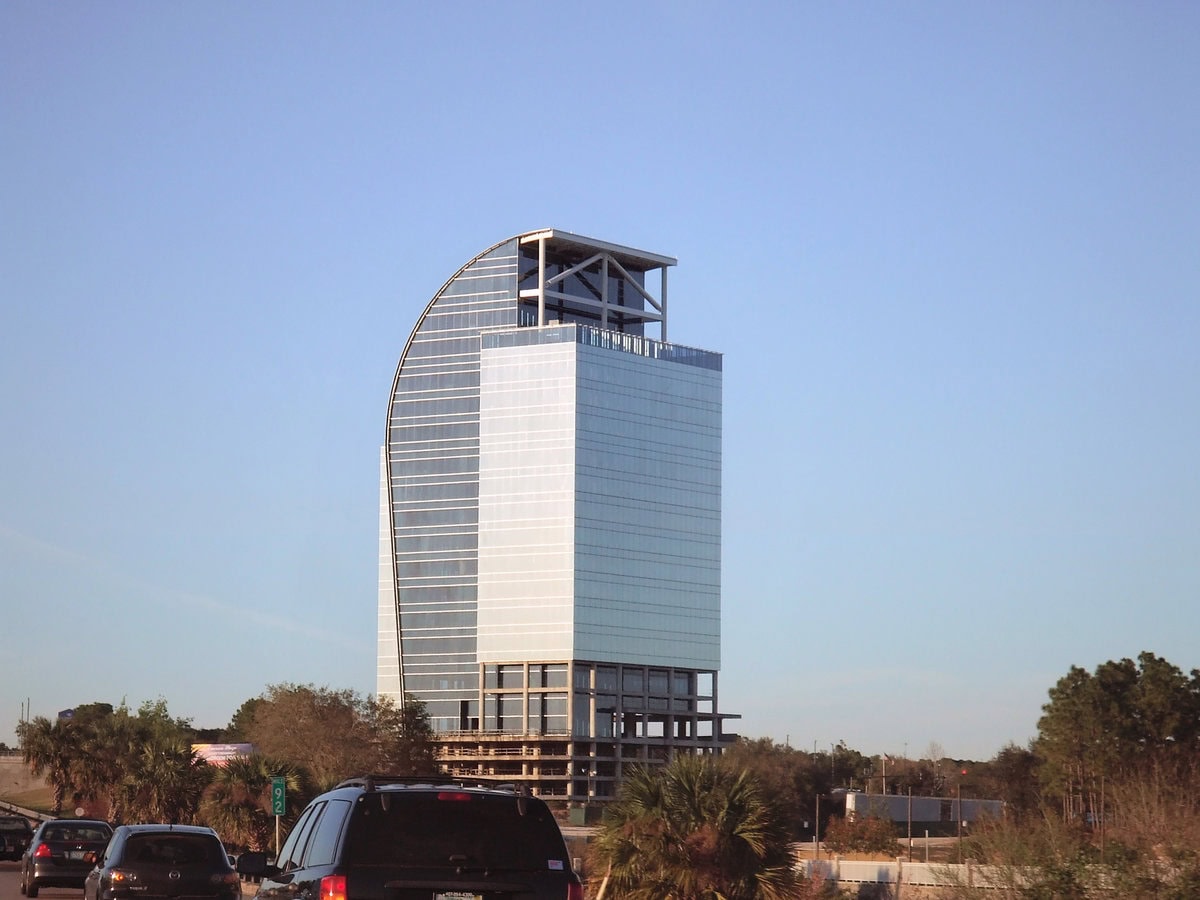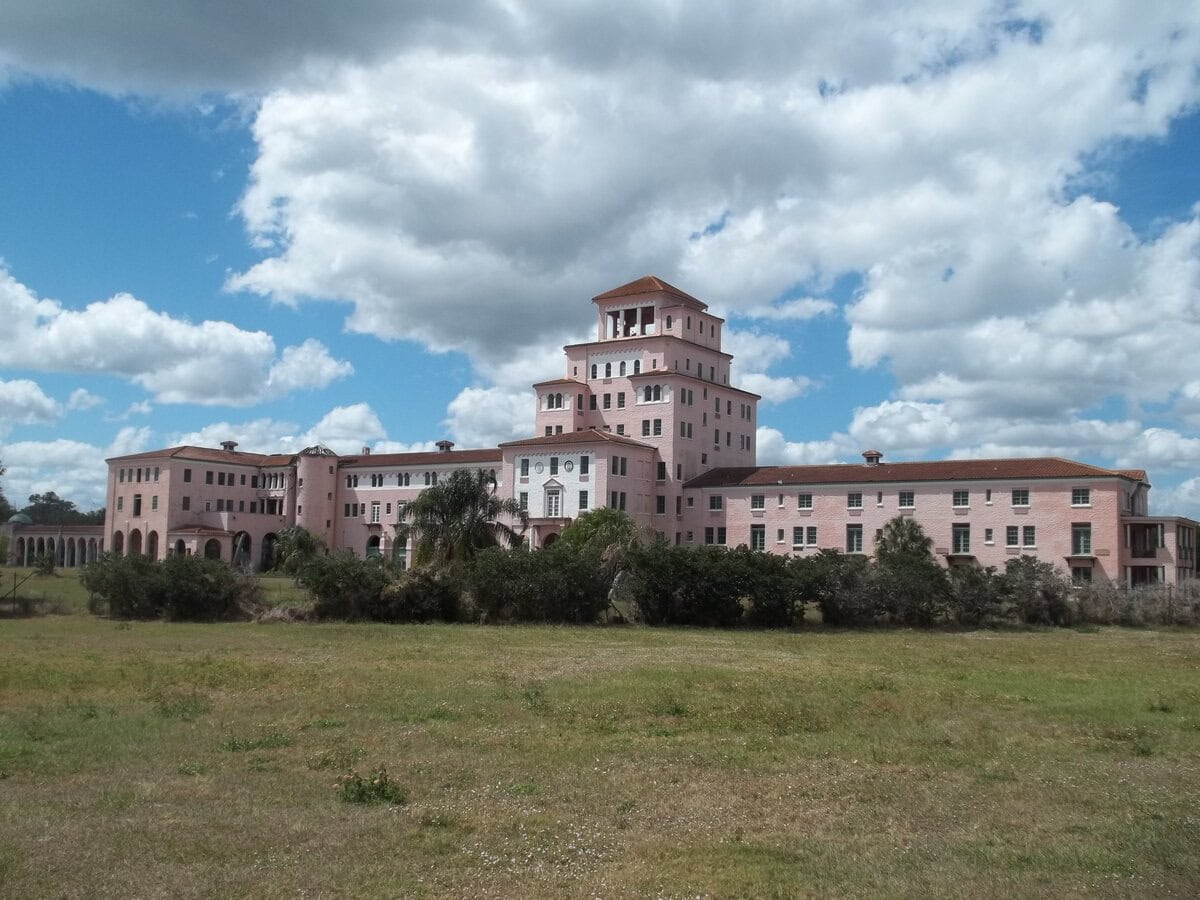A Familiar Giant, Still Standing
The escalators still hum, the fountain still bubbles. And for anyone who grew up within thirty miles of Orlando, walking into Altamonte Mall feels a little like opening a time capsule that still accepts Apple Pay.
Built in 1974, the mall has managed to hold its ground through changing storefronts, bankrupt brands, and two generations of Florida growth.
It is not exactly frozen in time, but it hasn't been remade either. That's part of why it draws attention, even now. In a region that trades nostalgia for novelty, Altamonte Mall has stayed relevant by doing something rare: remaining true to itself.
Retailers have shifted, yes, but the place still answers that need for an indoor stroll, a movie after dinner, or a reason to browse somewhere that isn't on a screen.
For anyone hunting for things to do north of Orlando, Florida, the mall still makes the list.
From Concrete Plans to Opening Day - August 1, 1974
Altamonte Mall didn't arrive quietly. It was planned, financed, and constructed as a full-scale destination at a moment when Central Florida suburbs were still carving out their commercial cores.
The project came together through a partnership between Edward J. DeBartolo Corporation and Homart Development Company, two of the biggest mall developers of the era.
DeBartolo, already active across the Southeast, brought a retail strategy. Homart, a subsidiary of Sears at the time, brought department store leverage and site logistics.
The mall officially opened on August 1, 1974. Its initial anchor lineup included Robinson's of Florida, Burdines, Sears, and Jordan Marsh. That gave it a retail roster nearly identical to Orlando Fashion Square, which opened one year earlier.
But Altamonte added Jordan Marsh into the mix, creating a fourth major tenant that set it apart in terms of square footage and merchandising variety.
Its timing lined up with regional population growth.
Seminole County's residential development had begun to accelerate by the early 1970s, and Altamonte Mall gave those new residents a commercial anchor that didn't require a drive into downtown Orlando.
The structure itself was built as a two-level enclosed mall with air conditioning, covered parking access, and multiple entry points, deliberately positioned to attract both locals and weekend traffic.
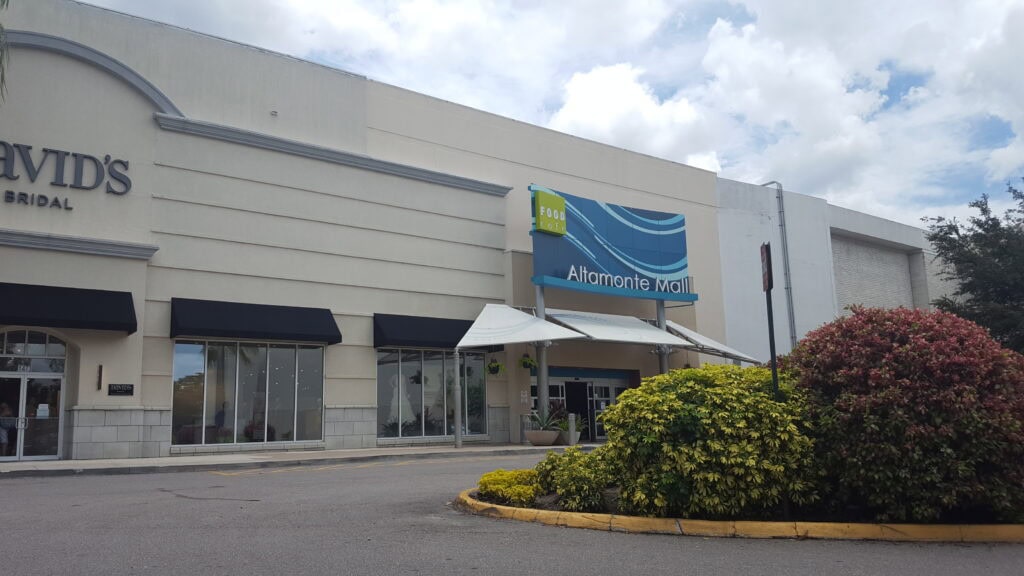
Anchor Turnover and Brand Transition Deals
The changes didn't happen all at once. They came in waves, usually following national mergers or regional exits, and the mall's anchors shifted with them.
J.W. Robinson's was the first to leave, selling its Florida stores to Maison Blanche, a Louisiana-based department store chain, during the late 1980s.
Maison Blanche lasted only a few years before folding into Gayfers in 1992. That entire sequence was cut short again in 1998 when Mercantile Stores Company was acquired by Dillard's, folding yet another nameplate into the same anchor footprint.
The Jordan Marsh space followed a different path. Allied Stores, which owned Jordan Marsh, began closing Florida locations in the early 1990s.
The Altamonte Mall store was among those closures in 1991. JCPenney moved into the vacant space one year later.
At the same time, Mervyn's entered the Florida market by acquiring seven stores from Allied in an $80 million deal, though Altamonte Mall was not part of that package.
Burdines, another original tenant, merged with Macy's in 2003. The name stayed on the storefront until 2005, when it switched fully to Macy's as part of a wider national rollout.
These changes followed corporate timelines more than local demand, but the mall remained fully anchored through them.
Sears Exit and Redevelopment Holdings
By 2015, Sears was hanging on, but barely. That year, Sears Holdings transferred 235 of its properties, including the Altamonte Mall location, into a separate real estate investment trust called Seritage Growth Properties.
The move allowed Sears to lease back the property while giving Seritage full redevelopment rights over the land beneath it.
Three years later, the Altamonte Mall location closed for good. The shuttering was announced on June 28, 2018, as part of another national round of cuts to phase out Sears' physical presence.
Since then, the 100,000-plus square foot footprint has remained in Seritage's portfolio. Public statements have referenced mixed-use intentions: hotel, retail, and possibly restaurants.
None of the plans has materialized into visible construction. The shell of the building still stands, and no firm timeline has been announced.
It's the most visible reminder that some redevelopment timelines stall long after the press release fades.

Leasing Power and Anchor Layout
The property covers two levels, holds 130 tenants, and operates under the management of Brookfield Properties.
The current anchors are JCPenney, Dillard's, and Macy's, with AMC Theatres filling the entertainment tier. Barnes & Noble, H&M, and the Apple Store serve as junior anchors.
Despite closures elsewhere, these stores remain in operation as of June 2025.
Today, the total floor space places it as the third-largest enclosed mall in Central Florida, following The Mall at Millenia and The Florida Mall.
Public access is supported by the LYNX bus service, including routes 1 and 436N. Parking capacity stands at roughly 5,700 spaces.
These details aren't just stats on a leasing brochure; they define what kind of volume this mall was built to handle and still accommodates.
Despite storefront turnover, the structural and logistical frame of Altamonte Mall remains largely intact.
Housing Pressure and Adjacent Build-Out
In 2024, Finfrock began construction on a 401-unit apartment complex called CenterPointe Altamonte. The project sits on roughly four acres directly adjacent to Altamonte Mall.
Although separate from mall ownership, the location places the new housing within walking distance of the retail center.
Finfrock, based in Apopka, is both the designer and builder. The company's modular methods have kept the construction timeline tight, with completion projected by August 2025.
Aerial images from late 2024 showed vertical progress on multiple structures. The layout includes mid-rise buildings, internal driveways, and garage parking.
No retail tenants or leasing office details have been released publicly, but the build includes ground-level commercial space.
Zoning filings in Seminole County confirm mixed-use permissions, though no tenant agreements have appeared in official documents as of June 2025.
Altamonte Mall was never built as a mixed-use complex. Still, proximity now forces overlap.
Hundreds of new households living across the property line change the surrounding traffic profile, particularly for food services, gym operators, and routine-use retail.
Even if the mall remains a standalone parcel, it's no longer isolated from the growth around it. The edge conditions are shifting, and whether the mall adapts or absorbs is no longer a hypothetical question but a live operational concern.
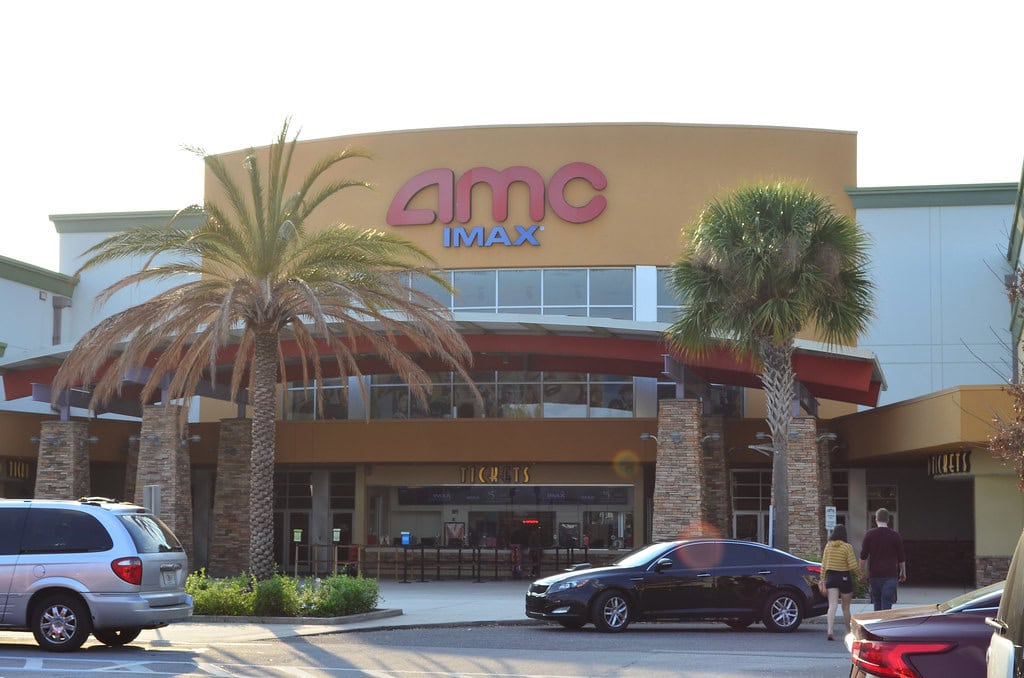
🍀

